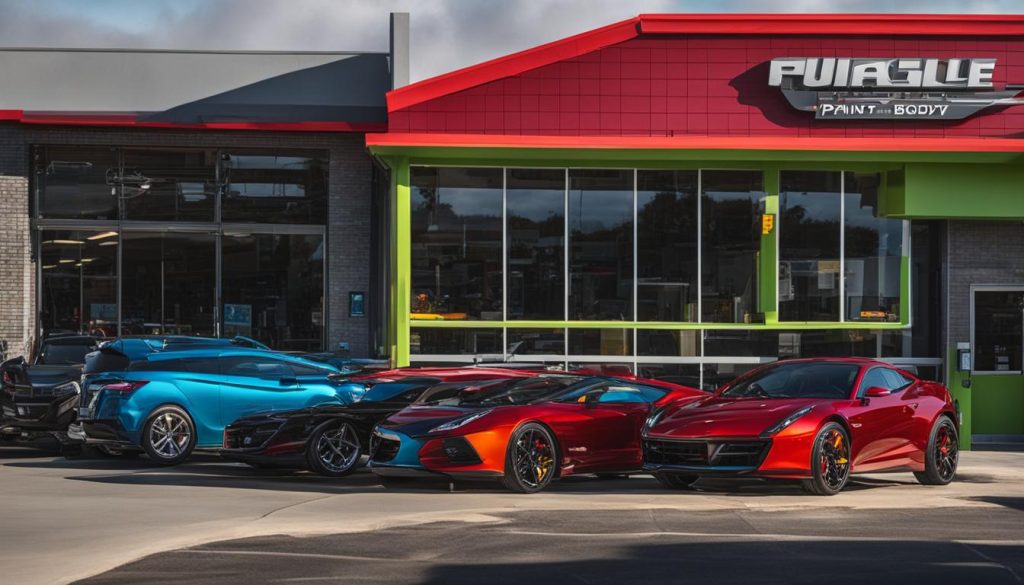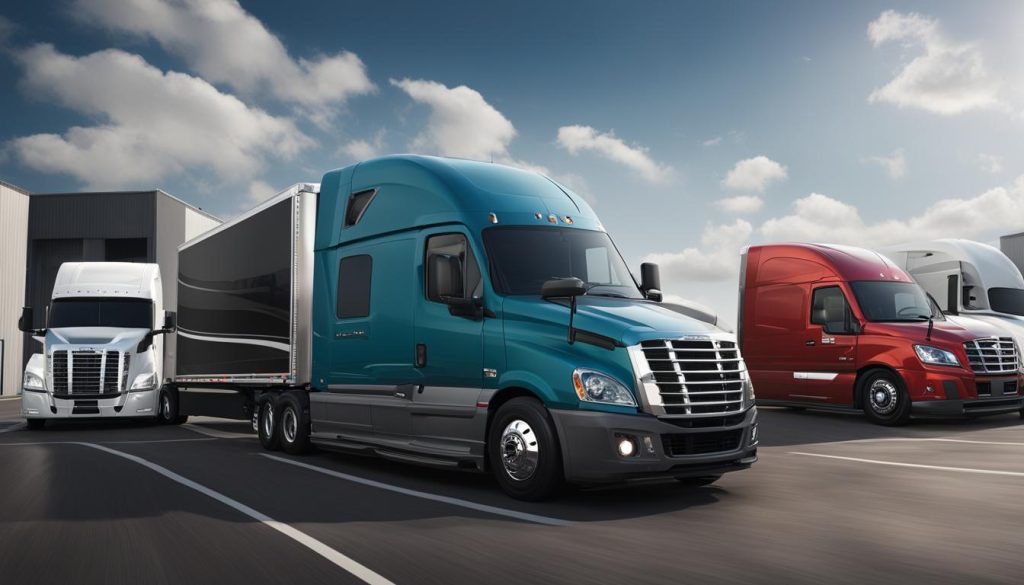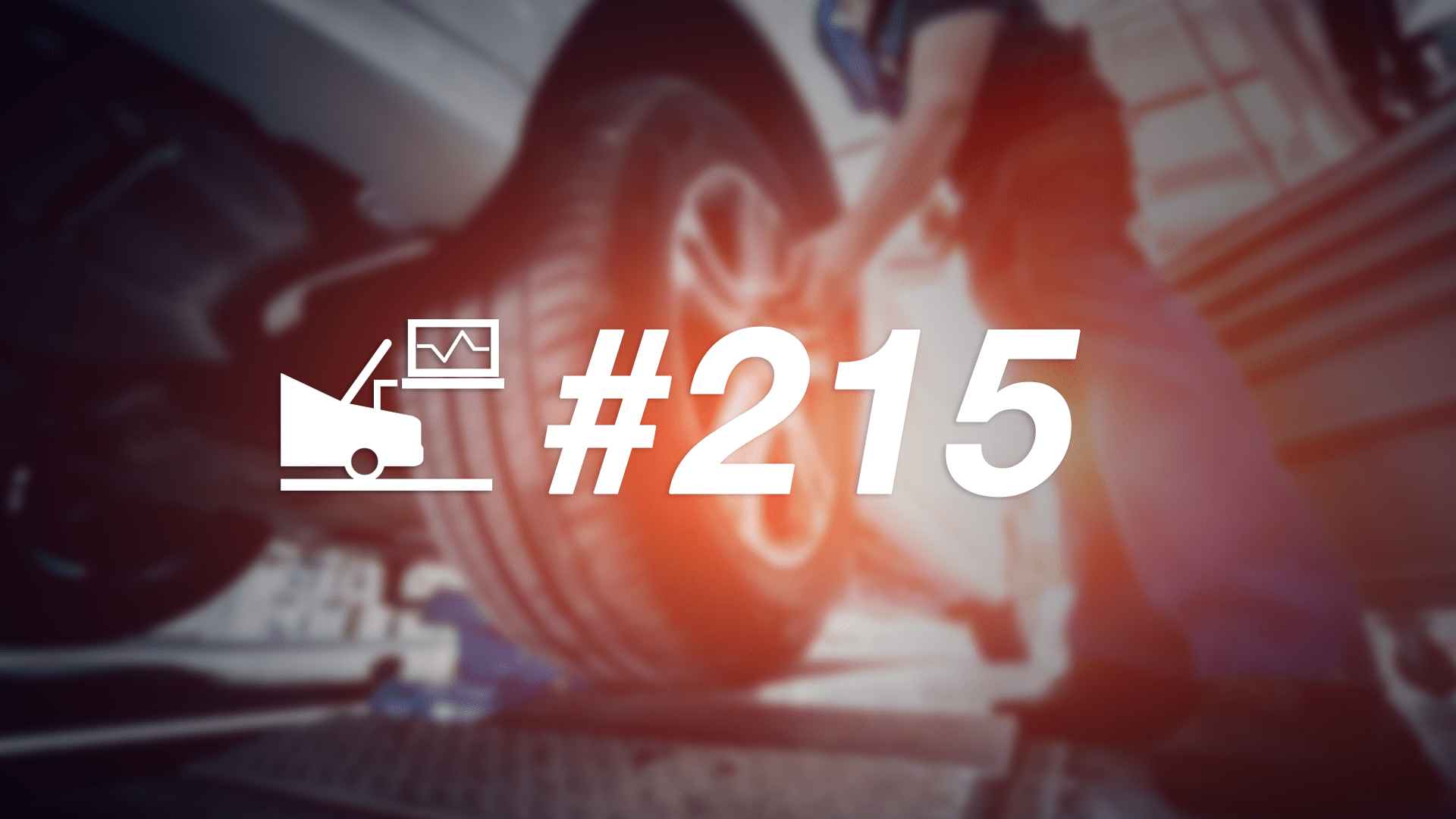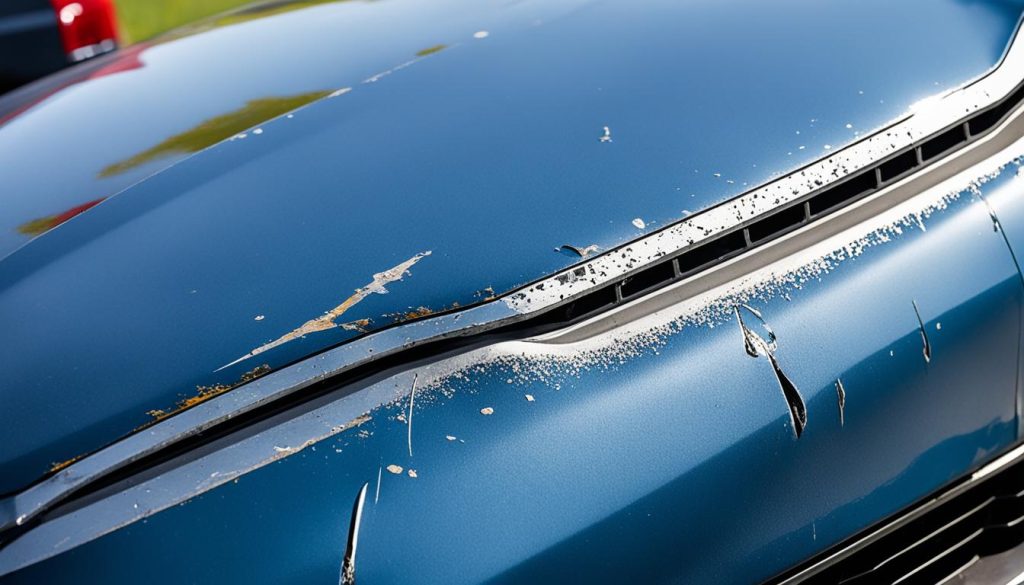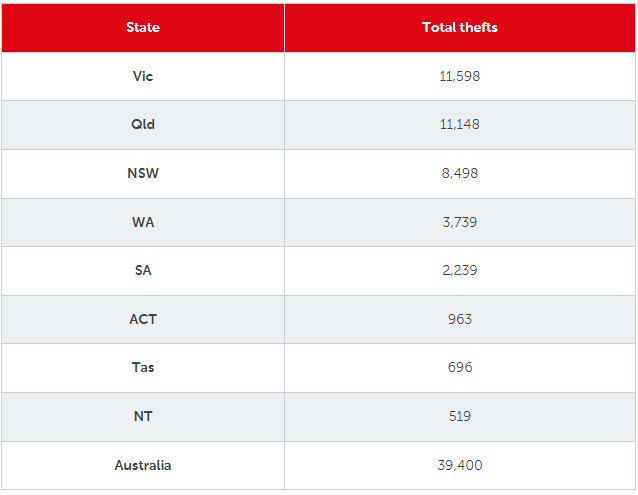NASCAR’s world is an ever-evolving landscape. Its history is marked by technological innovations and rule changes, each designed to make racing more competitive, more exciting, and safer for its participants.
As we venture into this comprehensive guide about the Generation 7 cars and their implications on the sport, we will see how these cars have marked a significant turning point in the NASCAR universe.
Delay Due to Pandemic
NASCAR’s evolutionary journey with the Generation 7 cars saw an unexpected roadblock. While every new model or iteration has its share of challenges and delays, the nature of this particular delay was unforeseen.
An Unexpected Holdup
The NASCAR community was eagerly awaiting the introduction of the Generation 7 cars in 2019. However, the world was brought to a standstill due to the COVID-19 pandemic, resulting in an unforeseen delay. This period of anticipation only heightened the excitement and curiosity around these advanced machines.
Revamped Features
In racing, technology is a game-changer. How a car is designed, the intricacies of its features and the blend of aesthetics with functionality can significantly influence its performance on the track.
Aero Dynamics and Beyond
Bearing a new aerodynamic package, the Gen 7 NASCAR race cars have substantially upgraded their prowess on the track. This is complemented by the incorporation of a sequential gearbox and a completely revamped tire and wheel system.
Responses to the Gen 7
Any significant change in a sport is met with varied reactions. Athletes, fans, and experts each have their perspectives, making the acceptance of these changes a compelling narrative.
The Racing Community’s Verdict
Safety concerns were a predominant topic of discussion leading up to the 2022 season. However, the Gen 7 car has been met with widespread acclaim from both fans and drivers. NASCAR has always been reluctant to change, stating that it would harm the actual racing. That has been one of the biggest differences between NASCAR and Formula 1.
Race Achievements
Racing isn’t just about the car; it’s about the driver. But when a car enhances a driver’s capabilities, the results can be record-breaking.
New Champions Emerge
One of the most striking effects of the Gen 7 car is the way it has democratized the field. Drivers such as Austin Cindric, Chase Briscoe, and others achieved their first career Cup Series victories with this marvel of engineering.
Tyler Reddick took home the victory at last Sunday’s Hollywood Casino 400 for the NASCAR Cup Series held at the Kansas Speedway. For future events, Caesars Sportsbook Kansas has unique promos, especially on race weekends, just like the one that just passed.
Design Aim
The broader goals behind car design in NASCAR are multifaceted. While performance and safety are paramount, there’s also a strategic angle to how these vehicles are conceived.
Drawing in the OEMs
NASCAR’s strategic objective with the Gen 7 car was twofold: to curtail costs for the participating teams and to magnetize Original Equipment Manufacturers (OEMs).
Constructive Changes
Innovation in car construction goes beyond just aesthetics. It’s a fine blend of form and functionality that ultimately dictates the vehicle’s efficiency on the racetrack.
Breaking away from tradition, the Gen 7 car is more of a collaborative endeavor than ever before.
Advanced Mechanics
The core of any racing car is its mechanical infrastructure. Over the years, NASCAR has seen various shifts in mechanical designs, each aiming for optimal track performance.
One of the more radical changes is the introduction of the Xtrac-built six-speed sequential shift transmission. This comes almost 35 years later since Formula 1 introduced the first semi-automatic gearboxes back in the late 80’s, which helped drivers focus on the race without having to take their hands off the wheel.
Refined Wheel System
The wheel system is an often overlooked yet crucial component of a race car. It directly influences the speed, balance, and pitstop dynamics, making its design indispensable.
The transition from 15-inch wheels to 18-inch BBS-supplied wheels revolutionizes pitstop dynamics. This change allowed for bigger brake calipers, increasing the breaking capacity of the race car. The traditional lug nuts changed from their normal 6 ones to a single central one used in all of motorsports, including everything from ISMA to Formula 1.
Aesthetic and Symmetry
In the realm of car racing, aesthetics play an instrumental role. Not only do they give each car its unique identity, but they also reflect the brand ethos of the manufacturers. For fans of aesthetics, the Gen 7 car is a treat. Also, the new aero package can produce up to a whopping 1000 pounds of force, which helps drivers produce better moves.
Looking to the Future
As we gaze into the horizon, we can’t help but wonder about the future of NASCAR. What lies ahead, and how will innovations shape this beloved sport?
Embracing Hybridization
NASCAR is no stranger to evolution, and with the Gen 7 car, there’s a clear path toward a more sustainable future.
Prioritizing Safety
The tragic events of the past have made safety an uncompromising aspect of NASCAR. As technology progresses, the continuous emphasis on safety becomes even more profound.
Lessons From the Past
In the aftermath of Dale Earnhardt’s tragic accident in 2001, NASCAR’s commitment to safety has been unwavering.
The Gen 7 NASCAR cars, with their advanced features and unparalleled performance, have not only changed the face of racing but have also set the benchmark for future innovations in motorsports. As we delve deeper into this new era, the anticipation and excitement surrounding what’s next can only grow.
Related
#Impact #Gen #NASCAR #Cars #Actual #Racing


